In the U.S. in the 1970s, neighborhoods and highways looked much different than they do today. It wasn’t unusual to see people in the car in front of you chuck bottles and full bags of road-trip trash out of their windows. Highways were littered with the remnants of lunches and snacks from passengers who didn’t think twice about trying to find an actual trash receptacle.
 Smog hung over cities like a weary reminder of the Industrial Revolution that had changed the way humans worked and lived but had left a seemingly indelible stamp on its air. Factories at the time burned discarded automobile batteries and chemical companies released toxic waste into the air. And few industries paid attention to the chemicals burned and released into the air.
Smog hung over cities like a weary reminder of the Industrial Revolution that had changed the way humans worked and lived but had left a seemingly indelible stamp on its air. Factories at the time burned discarded automobile batteries and chemical companies released toxic waste into the air. And few industries paid attention to the chemicals burned and released into the air.
In 1969, pollution from chemical waste released in the Cuyahoga River in Ohio caused it to burst into flames. Industries disposed of trash and tires directly into waterways. Some coastal cities even dumped discarded cars into the Atlantic Ocean.
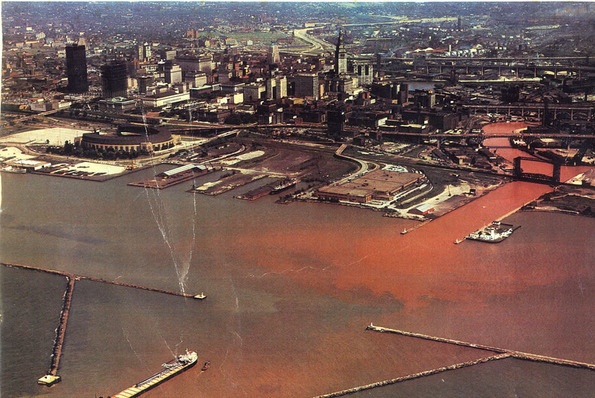
It was a dismal time for the environment. Fortunately, people began to take notice of the damage we were doing to our air, our land and our water. In 1963, the US Congress passed the Clean Air Act.
And on April 22, 1970, the birth of the modern environmental movement came when the country celebrated the first Earth Day. On that day, over 20 million Americans came together in massive rallies in a rare show of political alignment to protest against the deterioration of the environment. And on December 2, 1970, the Environmental Protection Agency was established to effectively monitor and enforce environmental protection measures.
Since then, people in the U.S. have become more aware of the effects of their actions on the environment. For the most part, highways are no longer littered with trash, the air is cleaner and water is safe to swim and fish in. Formerly huge pollutants, the vast majority of industrial companies work steadfastly to reduce emissions and conserve energy resources.
We’ll celebrate the 48th annual Earth Day on April 22. The day serves as a yearly reminder of what we can all do to ensure that we lessen the impact we have on our earth and to think of ways we can improve.
In the commercial building industry, there are several things we can do to ensure that our building designs, internal processes and equipment selection leave a smaller footprint on the environment.
- Choose environmentally friendly systems. Consider hydronic systems when you choose a building’s HVAC systems. Hydronic heating and cooling doesn’t rely on circulating air, so dust and other contaminants aren’t moved around the building. Additionally, the energy requirements over the life of the system are generally not as high as air-based systems.
- Go digital. Fewer filing cabinets stuffed with paper means less natural resources are used in our daily lives. More and more companies are opting to reduce paper usage. Go digital and go green!
- Get efficient. Maximize efficiency wherever possible by utilizing systems like LoadMatch from TACO Comfort Solutions. Considered an integral part of green building design, the single pipe system requires less pipe material and labor costs, is self-balancing and replaces expensive and energy-consuming control valves. Materials reduction plus demonstrated energy efficiency makes LoadMatch a smart choice for anyone concerned about environmental implications and saving money in the long run.
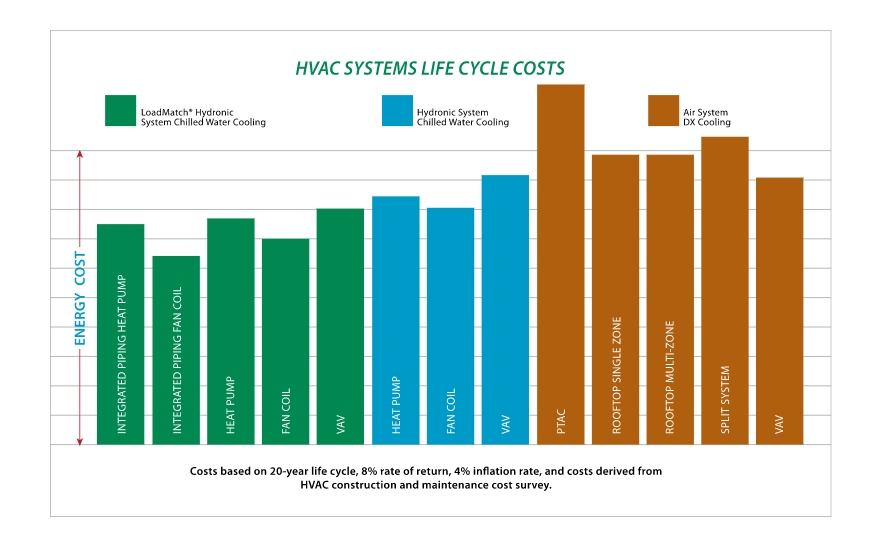
Earth Day isn’t just for beatniks and hippies of the past. Earth Day is a great time to consider how we continue to impact our environment and the long-term effects of the actions we’re taking today. What are you doing in your personal and professional life to positively affect the environment?
First blog image: Manhattan skyline in May 1973. Photo Chester Higgins/NARA
Second blog image: An aerial view of Cleveland from the 1970s where the Cuyahoga river flowed into Lake Erie.


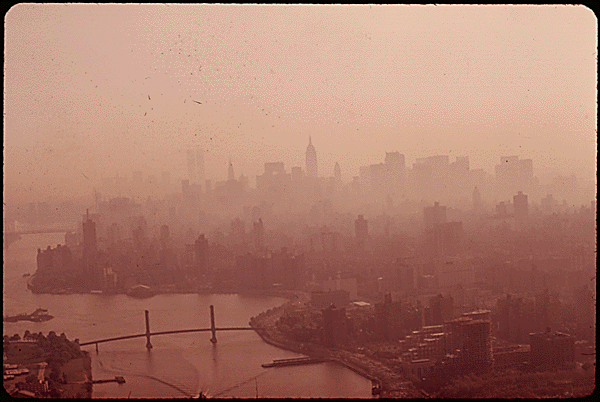


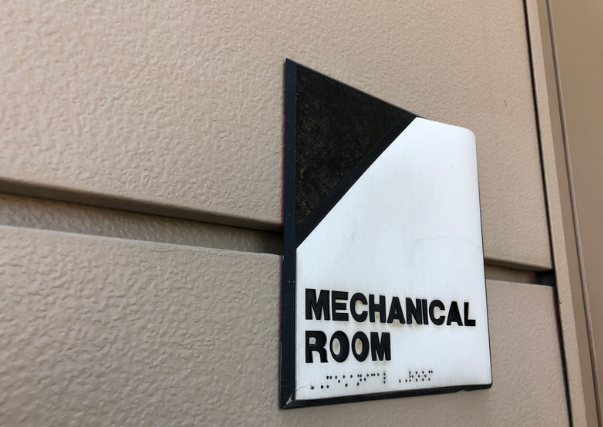
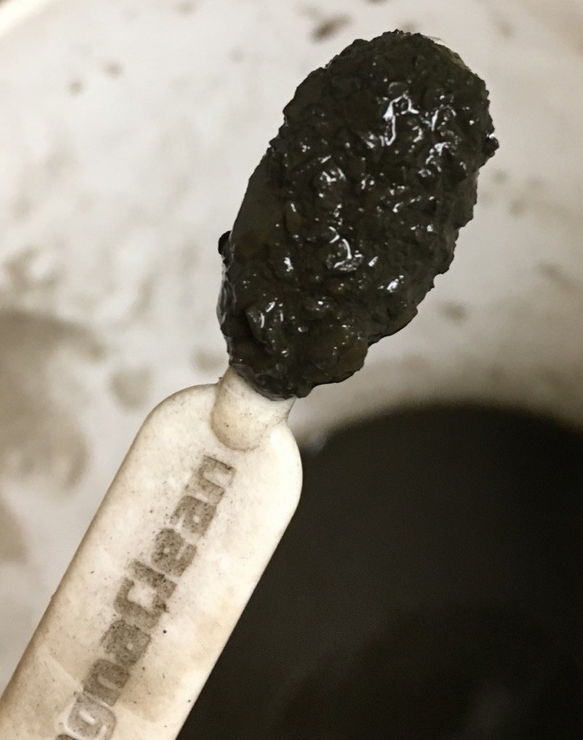



Submit a Comment